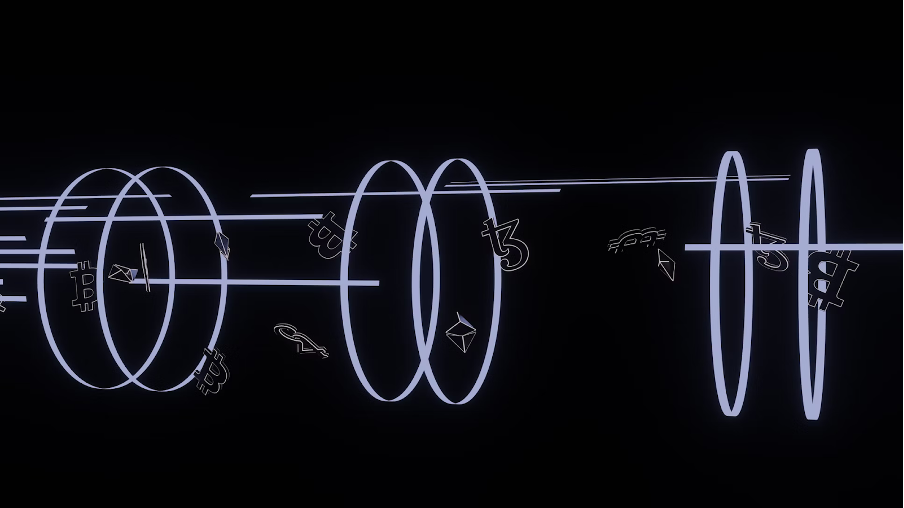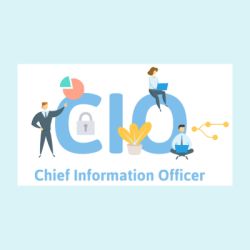
Beyond its roles in gaming or cryptocurrency, blockchain technology has found surprising traction in the medical domain. This revelation caught many off guard and gained momentum after the COVID-19 pandemic.
Researchers have unearthed the profound significance of blockchain across diverse realms reliant on information data. It facilitates more dynamic research and calculations and bestows exceptional security.
Enterprises in the private sector are leveraging blockchain to tokenise their services. This entails eschewing traditional registries and recording each patient within a blockchain framework. When attending appointments, patients undergo authentication through this method.
Safety emerges as a linchpin in healthcare operations, particularly in the realm of medical research fraught with the perils of data tampering or deletion. Blockchain effortlessly resolves these concerns, presenting a singular solution.
Within this system, we aim to spotlight five critical initiatives within the medical domain intricately entwined with blockchain technology. Detailed information about these initiatives follows.
Blockchain in Electronic Health Records
This technology made its initial foray into the realm of electronic health records. This seems reasonable given the tidy alignment of structured information with the blockchain concept. Picture vast data holdings still clinging to the traditional mode for reasons unexplained, with some peculiar instances where medical records linger as physical notebooks.
Streamlining medical records through blockchain enables rapid system retrieval and ensures seamless interaction. The aforementioned formidable security aspect of blockchain comes into play here as well.
In an abstract dance, blockchain scatters informational fragments across many computers, swiftly assembling them upon an access request. Some careful users have compared this work to Crypto Keno, which also uses blockchain in all its strength.
Entry denial is not open to all but solely to the anointed and the authorised. Additionally, no solitary computer possesses the autonomy to tinker with this data.
Furthermore, various cryptographic elements come into play, steadfastly thwarting attempts to decipher these scattered data fragments. Certain states have already embraced this technology, particularly in the context of public healthcare. In the private sector domain, American Medicalchain stands out as a pioneer in the realm of medical record transfer.
Supply Chain Management in Healthcare

In the grand orchestration of the goods movement, blockchain is a catalyst, nurturing transparency and protective measures. It erects an immutable structure for recording transactions, weaving an unforgettable tale of a product's odyssey from originator to ultimate consumer. This trait is a sentinel, guaranteeing the genuineness and safety of pharmaceuticals and healthcare provisions.
The acumen displayed in tracking and verifying the bona fide nature of products becomes especially advantageous in the pharmaceutical realm. This encompasses:
- Verification of medicine origins and batch specifics
- Identification and prevention of fraudulent drugs
- Immediate monitoring of supply chain activities
- Prompt withdrawal of defective or expired items
Patient safety experiences a lift in the courtesy of functionalities that also assist healthcare providers in upholding regulatory mandates.
The seamless integration of these features into healthcare supply chain management finds numerous instances underscoring its productivity. Chronicled MediLedgerventure pioneers the use of blockchain to meticulously trace and validate prescription drugs.
Simultaneously, a collaborative effort between IBM and Walmart taps into this technology, amplifying the transparency and traceability of the drug supply chain.
Clinical Trials and Research
From an unconventional technological ally emerges a boon, unwavering in its constancy, safeguarding the fidelity of test outcomes and reports. The actual beneficiaries in this narrative are the trials themselves, basking in practical applications.
This atypical tech cultivates collaboration within medical exploration. Its influence not only heightens communication but also reinforces the impregnability of the implicated data, erecting an additional defence against external threats during the research progression.
Adding a twist, this peculiar tech propels patient involvement in clinical trials through tokenisation. These tokens unlock access to specific medical commodities, exempli gratia.
Diverse enterprises have already embraced this tech for clinical investigations. Take, for instance, Embleema, a company seamlessly integrating this technology into healthcare. It establishes a secure conduit for patients to disseminate health data to researchers.
Additionally, it cast a fleeting gaze upon Longenesis. Their Life Data Economy Platform utilises technology to navigate consent in clinical research, acting as an imprimatur for upholding patient rights and confidentiality.
Patient Data Security and Consent Management

Enhancing security measures is well within technology's grasp, a pivotal consideration in the face of external threats during research endeavours. Operating on its inherent principles, Blockchain safeguards against permanent deletions.
The distribution of blocks across numerous unlinked computers ensures the secure storage of information, impervious to third-party restoration. As evident from the instances cited above, certain entities are already integrating this technology.
Blockchain and Consent Management
Think of blockchain as a seal on a letter, an exclusive mark only the intended receiver can unveil. In the digital realm, it functions as a signature, fortified by a distinctive block number, shielding it from any meddling.
It is not for nothing that this technology is often used by various establishments to securely pay for certain services. This dynamic extends advantages to both patients and the researchers orchestrating experiments. The dynamics between patients and doctors mirror this principle.
Successful Implementations
Certain regions have incorporated blockchain into their operations in the healthcare sector. Estonia stands out as an illustration. It was among the pioneers in recognising the significance of this technology in governmental affairs.
The Health Department adopted it to enhance efficiency and safety, demonstrating sustained success over the years—an exemplar for other nations. In the private sector, Hu-manity.co is delving into experiments with this tech to deliver information directly to the patient, following the previously outlined methodology.
Telemedicine and Remote Patient Monitoring

In the post-COVID resurgence, telemedicine surfaced as a notable trend. During the hospital lockdown, individuals turned to online services. During this period, certain private entities dabbled in this tech, finding success and deciding to integrate it further.
The objective remains constant: ensuring security, unyielding data, and transparency simultaneously. Patient identity verification also stands as a crucial aspect of blockchain. The dimensions of this technology find application in remote patient monitoring.
- Smart contracts that automate data verification in some way.
- Decentralisation, with the help of which confidential information is stored inaccessible to third parties.
Solve.Care and MyClinic.com are companies that have stood out with modern technologies in the field of telemedicine. They often use such technologies to process payments or optimise administrative processes.
Conclusion
Technological progress never stands still. Several related areas of information technology are becoming involved with seemingly incompatible traditional companies. This is what happened with blockchain in medical healthcare, which previously seemed as inconsistent as possible.
In general, if we touch on the general topic of technology, some private researchers have experimented with research facilities within the blockchain. Some people mined some medical research in drug development.
This was necessary to gather the computing power of volunteers worldwide to decode specific genes. This technology is connected to medicine and research much closer than you might think.
There is every reason to believe these initiatives will only develop in the future. This is not some secret or even speculation. We can only watch and observe all these things happening in our world.
This article is part of the HealthManagement.org Point-of-View Programme.






















